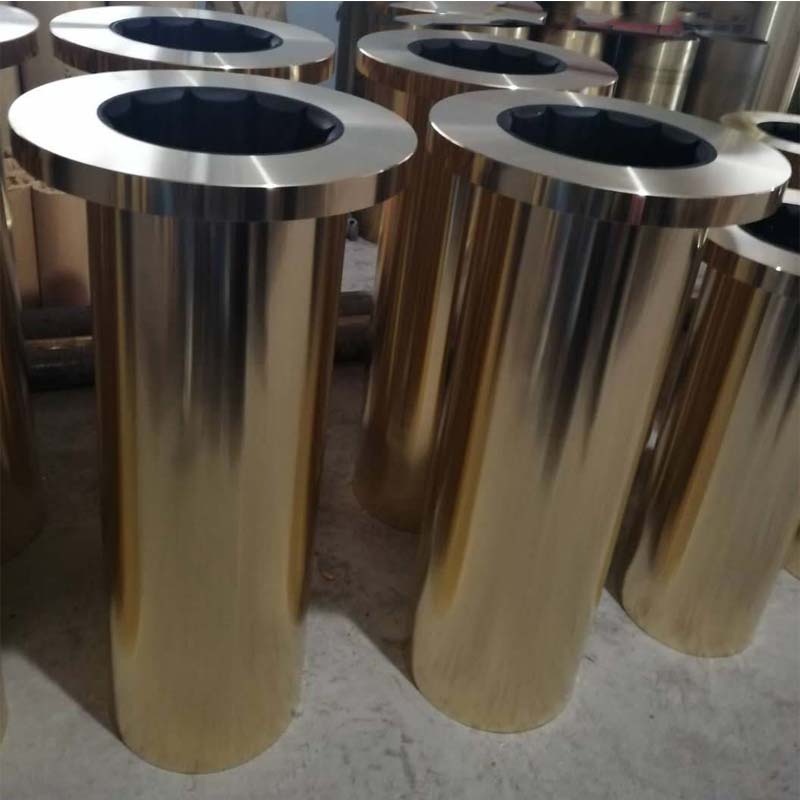Oil pan and gasket replacement
 A worn-out gasket may exhibit symptoms such as oil spots beneath the parked vehicle, a burning oil smell, or a drop in oil level despite regular refills A worn-out gasket may exhibit symptoms such as oil spots beneath the parked vehicle, a burning oil smell, or a drop in oil level despite regular refills
A worn-out gasket may exhibit symptoms such as oil spots beneath the parked vehicle, a burning oil smell, or a drop in oil level despite regular refills A worn-out gasket may exhibit symptoms such as oil spots beneath the parked vehicle, a burning oil smell, or a drop in oil level despite regular refills oil pan and gasket. If ignored, a leaking oil pan gasket can lead to engine malfunction, necessitating costly repairs.
Replacing the oil pan gasket is a routine task during an oil change or if a leak is detected. It requires careful disassembly, cleaning, and reassembly to ensure a proper seal. Using high-quality gaskets and following manufacturer guidelines are essential to prevent future leaks.
In conclusion, the oil pan and gasket form a vital duo in automotive engineering. They work together to maintain the health of your engine, ensuring a smooth ride and preventing potential breakdowns. Remember, prevention is always better than cure; regular inspections and timely replacements can save you from major engine issues down the road. So, treat your oil pan and gasket with the respect they deserve - they're the silent heroes keeping your vehicle's heart lubed and healthy.
oil pan and gasket. If ignored, a leaking oil pan gasket can lead to engine malfunction, necessitating costly repairs.
Replacing the oil pan gasket is a routine task during an oil change or if a leak is detected. It requires careful disassembly, cleaning, and reassembly to ensure a proper seal. Using high-quality gaskets and following manufacturer guidelines are essential to prevent future leaks.
In conclusion, the oil pan and gasket form a vital duo in automotive engineering. They work together to maintain the health of your engine, ensuring a smooth ride and preventing potential breakdowns. Remember, prevention is always better than cure; regular inspections and timely replacements can save you from major engine issues down the road. So, treat your oil pan and gasket with the respect they deserve - they're the silent heroes keeping your vehicle's heart lubed and healthy. -
Your Essential Guide to Car Repair Kits: From Rust to Dings
News Jun.13,2025
-
Understanding Vital Engine Seals: Key Gaskets in Diesel and Performance Engines
News Jun.13,2025
-
The Vital Role of Bearings in Marine and Boating Applications
News Jun.13,2025
-
Sealing the System: A Complete Guide to Engine Oil Gaskets
News Jun.13,2025
-
Sealing the Foundation: A Complete Guide to Engine and Transmission Pan Gaskets
News Jun.13,2025
-
Essential Bearings and Hubs for Marine Vessels and Trailers
News Jun.13,2025
-
Your Complete Guide to Automotive Oil Drain Plugs and Valves
News Jun.12,2025
Products categories















